Israel will need a much larger army to fight a multi-front war, some of those now receiving early discharges may stay in service for longer periods since stricter criteria for release will be put in force. One lesson of the present war is a renewed recognition of border defense so the IDF will invest more resources in training and deploying forces for this mission along with the continued preparation for a broader war.
Since its establishment, the IDF has always put a premium on conscripting quality troops. Indeed, the success of the army in the Gaza War is indicative of this quality, both in the troops operating advanced technological weapons systems, and the forces – combat and logistics – on the ground in Gaza. This article focuses on the way Israel’s conscription model has adapted over the past decades to meet the various operational, technological, logistical and social challenges of providing the IDF with soldiers of the highest level. This flexible model meets the demands of a minimal mass of troops, their specialization and professionalization in a large variety of roles, supplying a ready pool of personnel feeding into the regulars and reserves, and assuring continued public legitimacy and public support. It further contends that the key organizing principles of the model will allow the IDF to adapt to the post-Gaza War challenges.
In a recent article, Yagil Henkin explained why the IDF decided to continue conscription rather than switch to an all-volunteer model because of its unsuitability for Israel. First, given the difficulties found in other democracies of recruiting sufficient numbers, the all-volunteer model is not viable for recruiting the necessary numbers and quality of soldiers. Second, a volunteer military is much more expensive than one based on compulsory service. Third, a move to individual contracts may harm motivation since an important element of the idea of a “People’s Army” is a sense of equality and shared fate.
This article contends that the advantage of the Israeli model as it has emerged over the past decades is that it maximizes the benefits of both conscription and elements of the all-volunteer models. In short, Israel has “grafted” onto conscription a set of arrangements allowing it to enjoy many benefits of a fully-fledged voluntary force centered on military professionalism. The IDF conscripts, selects, channels, motivates, and promotes conscripts through multiple service routes in a manner that provides both a minimal mass and a sufficient level of professionalization.
The model incorporates four principles that provide the IDF with the flexibility and the ability to use the personnel resources at its disposal in an advantageous manner. First, it has instituted a multiplicity of organizational service routes and roles involving different lengths of service. This implies that conscript service can be lengthened via such arrangements as pre-service training within and outside the IDF, extension of service for many selected roles (with conditions similar to regulars) or preparatory classes in high schools for selected military occupations. This arrangement assures that the investment in training for specialized jobs pays off over a longer period of service and during reserve duty. Second, the IDF has a rather lenient policy regarding early discharges. Since the IDF does not need all of its recruits and prefers those with full high-school education, it recruits a large percentage of a given cohort but then discharges many individuals with special welfare needs or behavioral problems. This mechanism allows it to release up to a third of conscripts it does not need for its performance but allows them to be part of the ethos of military service even for a limited period. The IDF thus can project a public image of recruiting members of a wide variety of social groups fulfilling its image of being a people’s army.
Third, are forms of voluntary service based on competition and selection for roles in such units as reconnaissance, combat or high-tech. Today pre-enlistment high schoolers contend for a limited number of positions in both combat units and the military high-tech sector (often with added lengths of service). These ensuing service routes resemble those found in all-volunteer forces. For example, to serve in the submarines, as pilots or the special forces, conscripts must add years of commitment to the IDF. Fourth, are a large variety of material and non-material rewards that differentiate between types of service. Accordingly, the salaries of conscripts differ according to the units they belong to and the IDF awards diverse symbolic acknowledgments to them (colors of berets or emblems, for instance). These incentives figure in motivating youngsters and cultivating pride in their units (especially among the combat corps).
After the Gaza War
We now turn to how the model will be adapted to the challenges the IDF will face after the Gaza War. The governing considerations of putting together any conscription model are the operational needs of a military, and the social, political and economic constraints placed on it. In terms of operational missions, apart from preparing for Iran’s nuclear capability, the IDF will continue to be charged both with ongoing security along the country’s borders and preparing for a larger, high-intensity conflict. One lesson of the present war is a renewed recognition of border defense so the IDF will invest more resources in training and deploying forces for this mission along with the continued preparation for a broader war. Several considerations come into play in regard to the conscription system.
Mass. A critical concern for the IDF has always been providing a minimal mass of soldiers to staff the formations it deems necessary for its missions. One implication of the fighting in the Gaza War is that the IDF will need to enlarge the ground forces for its two classic missions: first for the possibility of a broad war on more than one front and second, for a revamped border defense. The criterion for the build-up of border defense is not only the enemy’s potential but the War has made it clear that in planning the IDF must take into account the consequences of a surprise attack. Concretely, we may see all or some of the following arrangements put into place to meet these needs: for instance, an extension of conscription, greater utilization of women in combat units, matching the length of women’s service to men’s, expanding various academic programs (such as the Atuda Academit – a form similar to the American ROTC), or creating new ones.
Technology. Given the initial failure on October 7, some critics have questioned the IDF’s heavy investment in technology at the expense of training and combat readiness. Yet the high-level of coordination between the ground, air, and sea forces in the War demonstrates that technology is vital for the IDF’s success in general and for the specific challenges of urban warfare in particular. A very diverse set of platforms – whether static or mounted, with munitions or providing tactical intelligence – working together underscore how advanced forms of technology are part and parcel of today’s combat. Indeed, the technological means now at the hands of battalion and sometimes company commanders allow them to concentrate greater and more accurate firepower to remove obstacles to their advance than even in the recent past. This situation means that the IDF will have to continue and expand the number of technologically savvy soldiers at its disposal. Yet, what is also apparent, is that there will be a continued need for “traditional” infantry soldiers’ roles that can be staffed by older or less trained individuals especially in their local communities or for border defense (as exemplified in the role of local security squads in the initial Hamas attack). Therefore, in the balance between technology and boots on the ground, the model will probably need to shift back to placing more of an emphasis on humans in uniform, rather than technology.
Selectivity and choice. The present conscription model is suited to handling these future demands since it is based on differentiation and selectivity in designating recruits to different roles. Moreover, the over one hundred different service routes (many longer than the stipulated length of conscription) allow the IDF to train and deploy conscripts to different routes of service. Since the 1980s Israel has been heavily influenced by neo-Liberal values and practices. One attitude underlying this orientation is a perceived sense of individual choice and this has affected the IDF in the practice of offering potential recruits a choice of three preferences for military roles. Moreover, it is not only material but also post-material incentives that drive recruits. Thus, while the motivation for choosing some roles with future benefits such as driving licenses or high-tech skills, troops also choose roles based on meeting challenges and self-actualization. Accordingly, any new units and roles that will emerge during the coming years can be easily slotted into existing arrangements while allowing recruits a measure of choice.
Flexibility and adaptation. The model allows the IDF a significant capacity for flexibility in terms of who gets recruited, for how long, and for which roles. In the future, we foresee the key principles of the model used to integrate recruits into new roles and units. One example of this dynamic is the new Multidimensional Unit (nicknamed the “Ghost Unit”) that combines infantry, engineering, anti-tank, air, and intelligence capabilities in a special force. The recruits volunteer for the unit, receive special training and equipment, and serve longer than other conscripts.
Legitimacy. For the IDF to receive continued support in the future it must be seen as legitimate. The conscription model interestingly meets two sets of expectations: that it be a “People’s Army” and that it meets neo-Liberal beliefs. Although the idea of the IDF as a “People’s Army” has held sway from the country’s beginnings, it has never been fully reflective of the population as a whole. What seems to matter, however, is that it is a “People’s Army” not in the direct statistical meaning of the term, but rather in terms of representing as wide as possible array of social groups within its ranks. Indeed, it is the very recruitment of this social diversity that is important, rather than that members of social groups serve out their full terms of service. In terms of the neo-Liberal turn, the IDF must signal that it is using the resources at its disposal in an efficient manner, that it efficiently utilizes these resources, and that it is providing choices to its recruits to meet their expectations of military service.
Key Challenges in the Future
Haredim. A key political challenge centering on the IDF is the recruitment of Haredim. Each year the IDF recruits between 1200-1700 graduates of the Haredi educational system with about half of them deployed in combat roles (many of them later join the labor market). Yet it is the yearly exemption of tens of thousands of Yeshiva students that has been a bone of contention for decades. For the majority of Israeli Jews, these exemptions underscore a fundamental social inequality, and are seen as a serious breach of burden-sharing. The security needs of Israel after the War pose a possible partial solution to this problem. The move to a restrengthened territorial defense offers an alternative for greater integration of Haredi men into national security service whether it be in the framework of the IDF, the police or in some form a national militia. Yet even this kind of development may not suffice to offset the sense of unequal burden-sharing.
Motivation. The period after an armed conflict invariably sees a boost in volunteering for combat units. Hence in the years after the War, obtaining motivated troops will not be a problem for the IDF although difficulties may emerge in regard to non-combat roles. Yet barring another high-intensity conflict, a few years on the IDF will return to the motivational challenges it faced before the war: the sentiments of inequality with Haredim, possible alternatives in the civilian labor market for high-tech soldiers, and the boredom of current security.
Recruitment numbers. In the coming decade the number of potential recruits in each cohort will grow by ten to twenty thousand a year. This growth will make even more acute the fact that for its purposes, the IDF does not need all the troops it recruits but does need a critical mass of quality soldiers. A partial solution already in place is early discharges but hidden and underemployment remain an economic burden and may grow in the future. However, since Israel will need a much larger army to fight a multi-front war, some of those now receiving early discharges may stay in service for longer periods since stricter criteria for release will be put in force.
One suggestion that may address these challenges has been forwarded by Ofer Shelach. His idea is to create a relatively short universal service period of a year or a year and a half for all recruits, and then offer diverse routes for those who it needs to carry on. This suggestion would fit the current model but shorten considerably the initial length of conscription. These routes will be of various lengths and accompanied by significant material and non-material incentives for those who do carry on. The flexibility granted by the key principles of the current IDF model of conscription will allow the IDF to readily incorporate any new arrangements. To reiterate a point made earlier, because conscription is the feeder for the reserves and the regular force it is crucial to get things right at this stage because reservists provide the needed mass for the ground forces. In this way, the trend of gradually reducing their numbers will likely be reversed. More investment in reserves, in turn, will impact conscripts because they are a form of “basic training” for the reserve.
Thanks to Efraim Inbar, Elisheva Rosman-Stollman and Eitan Shamir

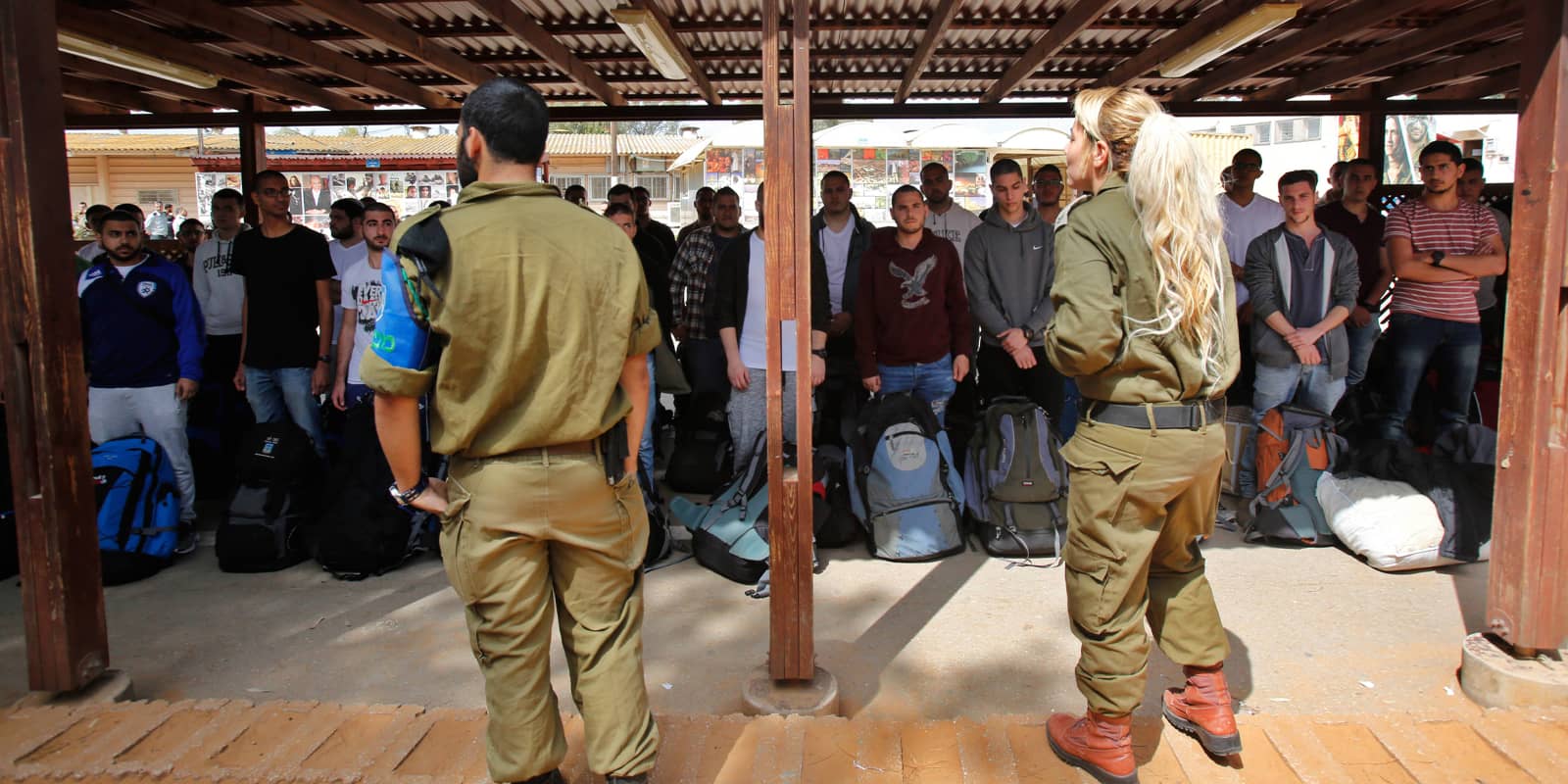
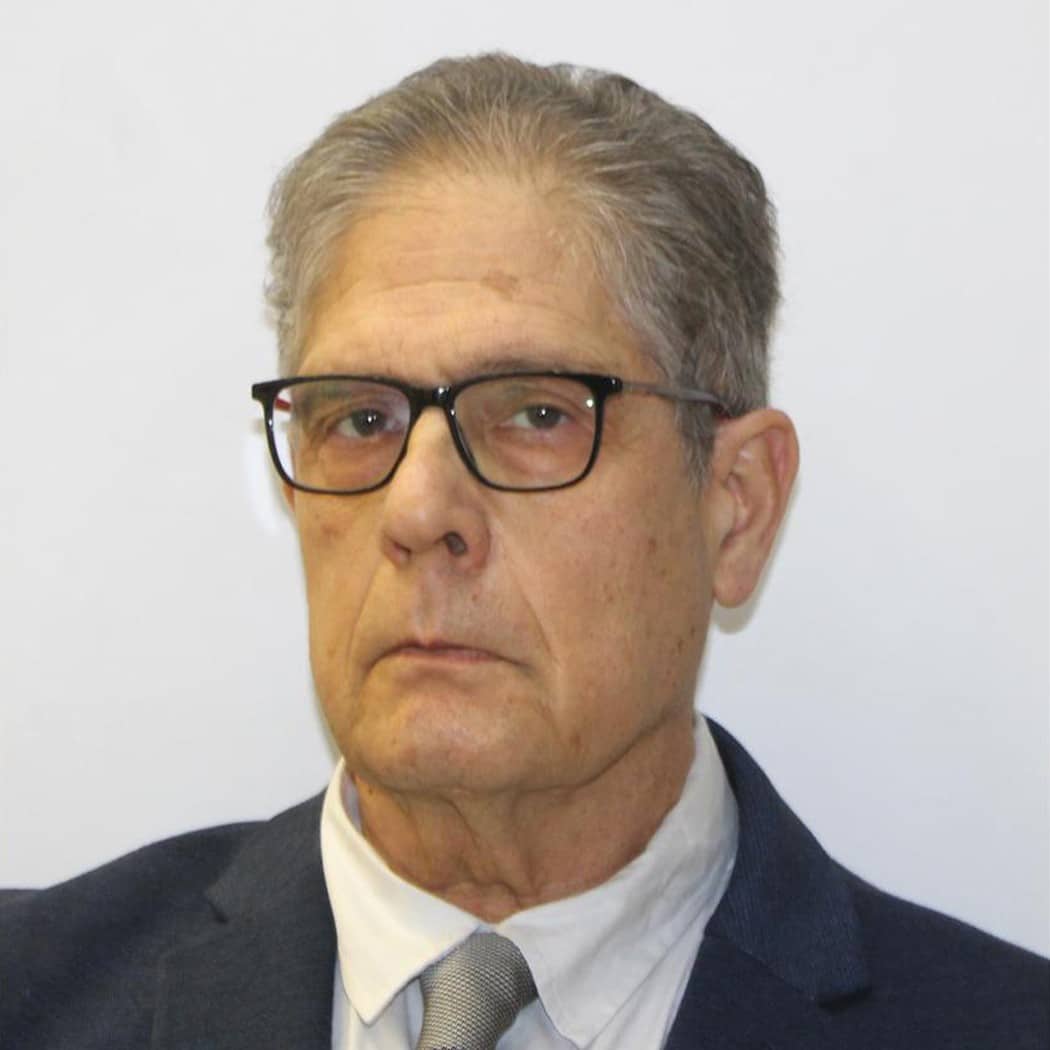
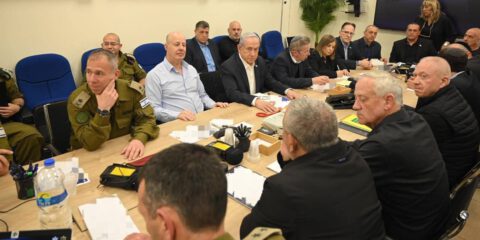

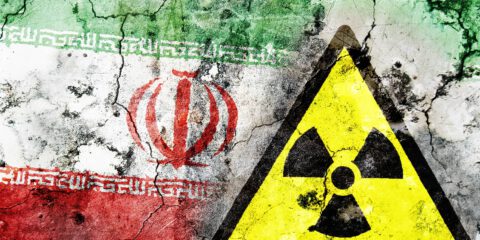
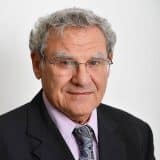
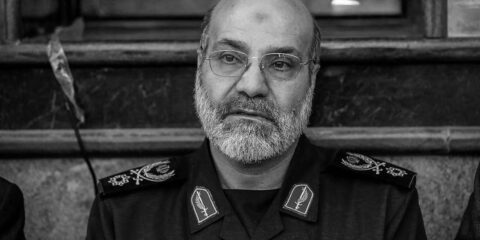
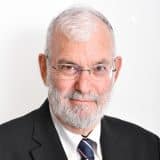
 - בניית אתרים
- בניית אתרים